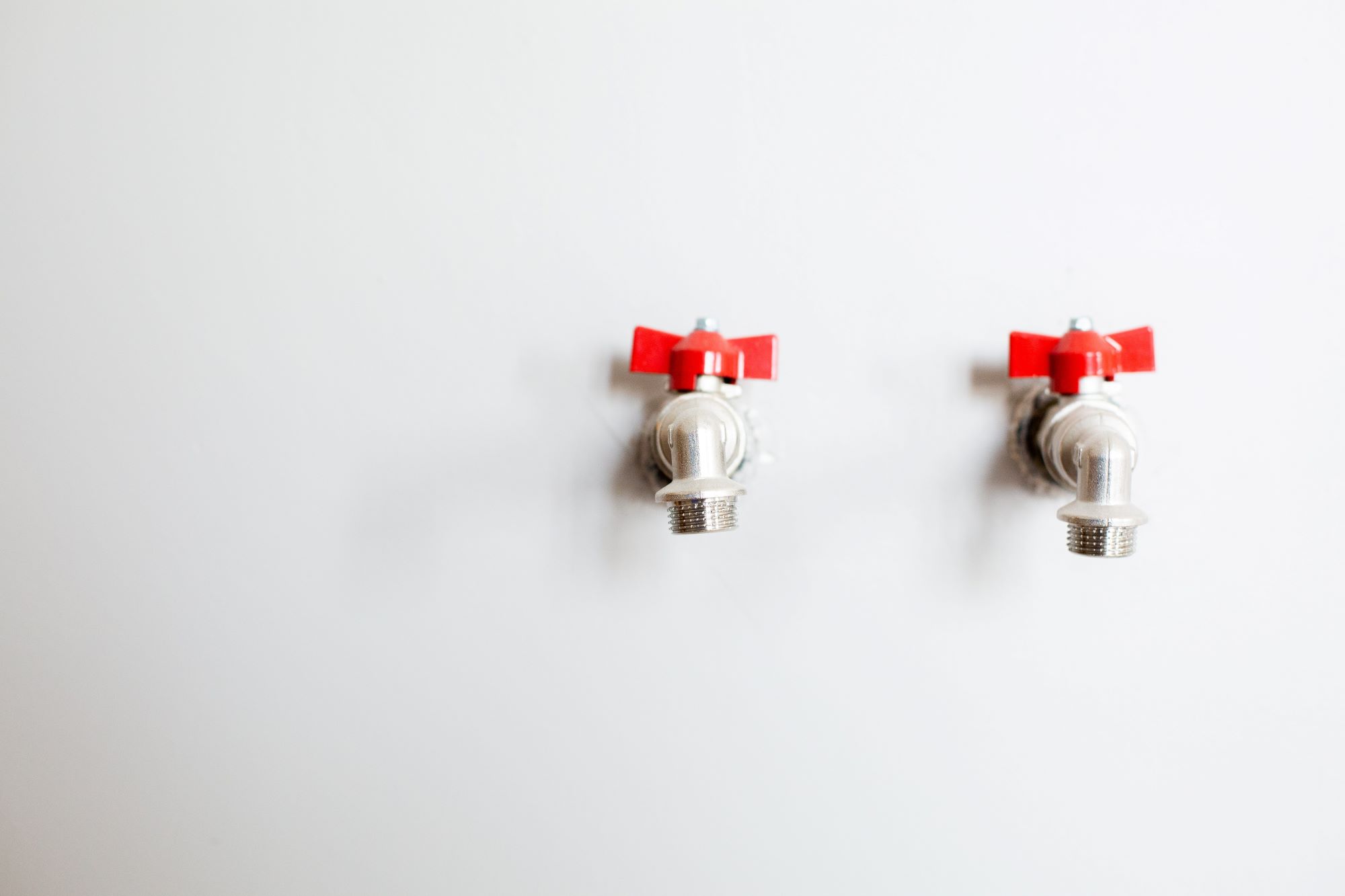
California Green Building Code (CALGreen) – Dual plumbing
CALGreen – To promote the usage of recycled water which helps to reduce down the demand for the portable water requirement.

CALGreen – To promote the usage of recycled water which helps to reduce down the demand for the portable water requirement.

CALGreen – To promote the use of electric vehicles /clean air vehicles and reduce the emission of harmful pollutants in the air. The new construction projects are mandated for provision of designated parking spaces for clean air vehicles.

CALGreen – To reduce the consumption of resources by specifying the use of those materials that have a higher service life, which are reduced-maintenance materials that require a minimum of other material maintenance. It is a measure to make structures that are more durable and require less maintenance in order to increase the service life of the entire building.

CALGreen – Potable water consumption needs to be reduced, meters help in determining the usage and set the limits for the owners and the tenants.

CALGreen – Planned drainage paths which prevents the water and moisture to enter into the building and protects the exterior.

CALGreen – To minimize light pollution in an effort to maintain dark skies and to ensure that newly constructed projects reduce the amount of backlight, uplight, and glare from exterior light sources.

CALGreen – The code’s purpose is to advance the state’s energy policy, develop renewable energy sources and prepare for energy emergencies.

CALGreen – To limit the use of potable water, or other natural surface or subsurface water resources available on or near the project site, for landscape irrigation.

CALGreen – Moisture control is protecting the building exterior from water intrusion like wind driven rains and other elements. Controlling moisture is important to protect occupants from adverse health effects and to protect the building, its mechanical systems and its contents from physical or chemical damage.

CALGreen – To reduce the overall use of potable water within the building. Reduction of water use also results in decreasing the amount of energy needed to transport, process and treat water, thereby contributing to reduction of greenhouse gas emissions.